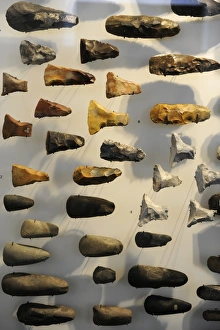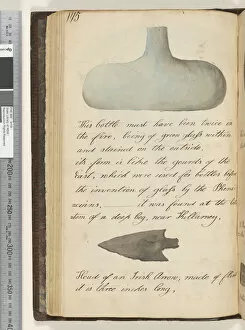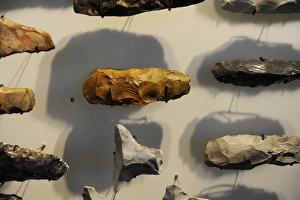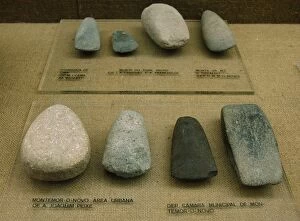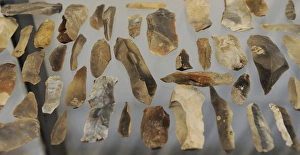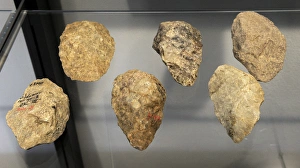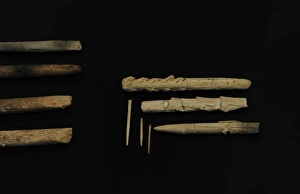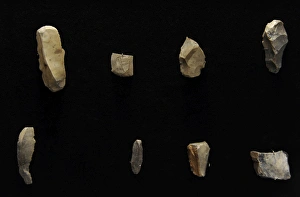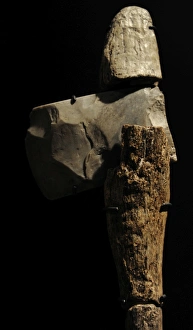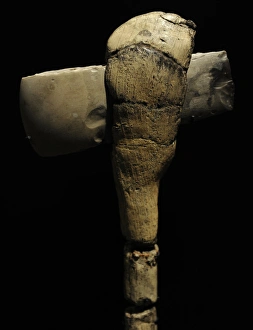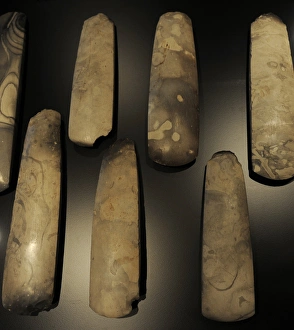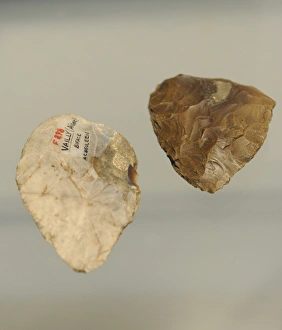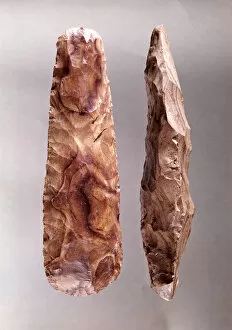Lithic Collection
"Lithic: Unveiling the Stone Age Legacy" Discover a captivating array artifacts that reveal the ingenuity and craftsmanship of our ancient ancestors
All Professionally Made to Order for Quick Shipping
"Lithic: Unveiling the Stone Age Legacy" Discover a captivating array artifacts that reveal the ingenuity and craftsmanship of our ancient ancestors. From Denmark to the Caribbean, these stone tools and weapons offer glimpses into various periods throughout history. In Denmark, groupings of axes designed for both work and battle showcase the resourcefulness of civilizations during specific periods such as Maglemosian (8500-5500 BC) and Kongemose (8500-5500 BC). These core axes were essential in shaping societies during those times. Traveling across continents, we delve into Taino culture (1000-1500 AD) in the Caribbean. A remarkable lithic ring from this era showcases their artistic flair using stone as their medium. The intricate carvings on this piece provide insight into their beliefs and customs. Venturing further back in time, we explore prehistoric art from Neolithic Portugal. A stone tool discovered within an Anta reveals the creativity and skill possessed by early humans who used it thousands of years ago. Moving even deeper into antiquity, we encounter tools belonging to Bromme Culture (11000 BC), showcasing advanced techniques employed during that period. Hand axes from Acheulian Culture (1500000-200000 BC) take us back to a time when human civilization was still in its infancy. The pages turn to unveil intriguing finds like a head of an Irish arrow made of flint dating back to 1810-17. This artifact's green glass interior hints at its journey through fire while retaining external stains—a testament to its historical significance. Marble bracelets adorned with parallel carved lines found in Bat Cave, Zuheros (Cordoba), transport us to another era where fashion merged with craftsmanship. Our exploration concludes with settlements from Europe's Baltic area during Paleolithic times—the first steps towards organized communities are revealed through remnants left behind by our early ancestors.

